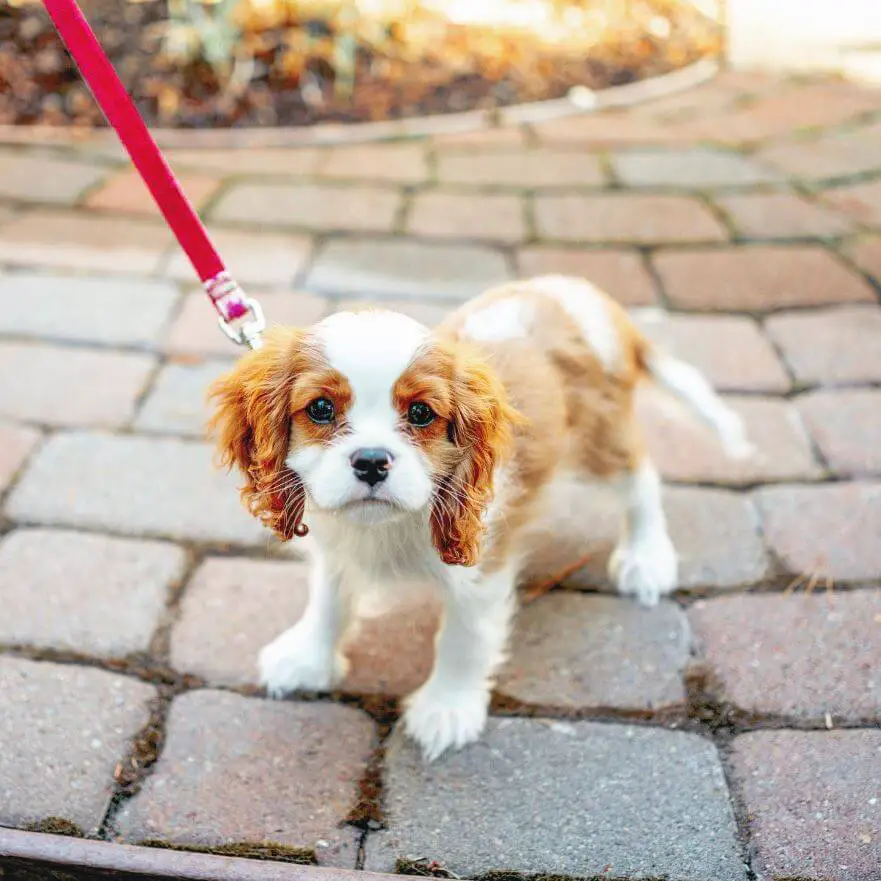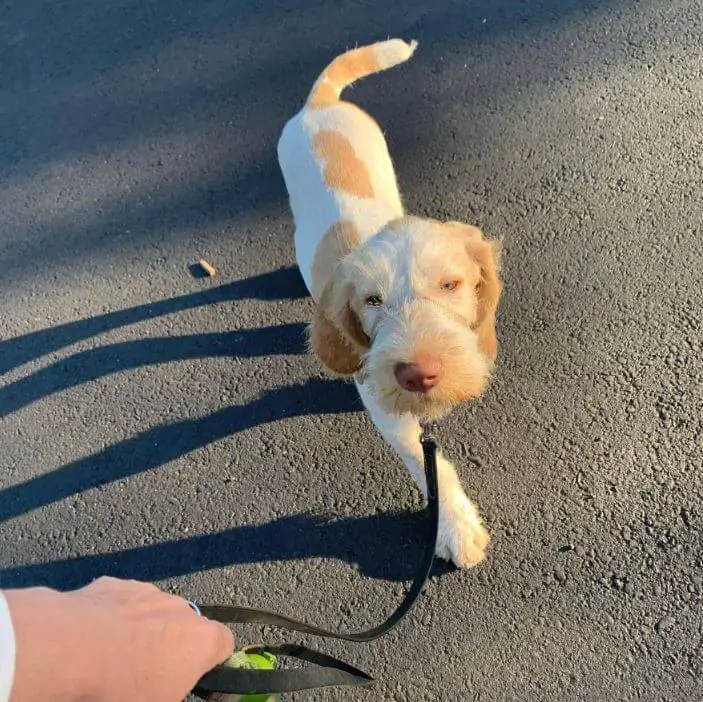Teaching your puppy to walk on a leash is an essential skill that ensures both their safety and your enjoyment during walks. Puppies are naturally curious and may resist the constraints of a leash initially. However, with patience, positive reinforcement, and the right training approach, you can have your puppy confidently walking by your side. In this article, we will provide you with a step-by-step guide on how to teach a puppy to walk on a leash.

Step 1: Choose the Right Leash and Collar
Start by selecting a lightweight, comfortable leash and collar for your puppy. Ensure the collar fits snugly but not too tight around their neck. A harness can also be a great option, especially for puppies prone to pulling.
Step 2: Get Your Puppy Used to the Gear
Before attaching the leash, let your puppy become familiar with the collar or harness by allowing them to wear it around the house for short periods. This helps them associate it with positive experiences.
Step 3: Practice Indoors
Begin the training indoors in a quiet, distraction-free area. Attach the leash to the collar or harness and let your puppy drag it around while supervised. This allows them to get used to the sensation of having a leash attached.
Step 4: Introduce Positive Reinforcement
Use treats, praise, and affection to create a positive association with the leash. When your puppy shows interest in the leash or comes near it, reward them with treats and praise.
Step 5: Basic Commands
Teach your puppy basic commands like “sit” and “stay” indoors first. These commands provide a foundation for leash training and help your puppy understand your expectations.

Step 6: Short Leash Walks
Once your puppy is comfortable with the leash indoors, take them for short leash walks in a quiet, familiar area. Allow them to explore while maintaining a loose leash. If they pull or resist, stop and wait for them to relax before moving on.
Step 7: Gradual Exposure
Gradually expose your puppy to different environments and distractions. Start with quiet streets and then progress to busier areas as they become more confident.
Step 8: Encourage Good Behavior
Reward your puppy for walking calmly by your side and not pulling on the leash. Use treats, praise, and petting to reinforce this behavior. Be patient and consistent with rewards.
Step 9: Correct Unwanted Behavior
If your puppy pulls on the leash, stop walking and wait for them to release the tension. Use gentle corrections and redirect their attention back to you. Avoid harsh or punitive methods.
Step 10: Keep Training Positive
Leash training should be a positive and enjoyable experience for both you and your puppy. Keep sessions short, especially for young puppies, and always end on a positive note.

Teaching your puppy to walk on a leash is a valuable skill that requires patience, consistency, and positive reinforcement. Remember that each puppy is unique, and progress may vary. By following this step-by-step guide and being patient with your furry companion, you can have enjoyable, stress-free walks together and build a strong bond with your puppy.
